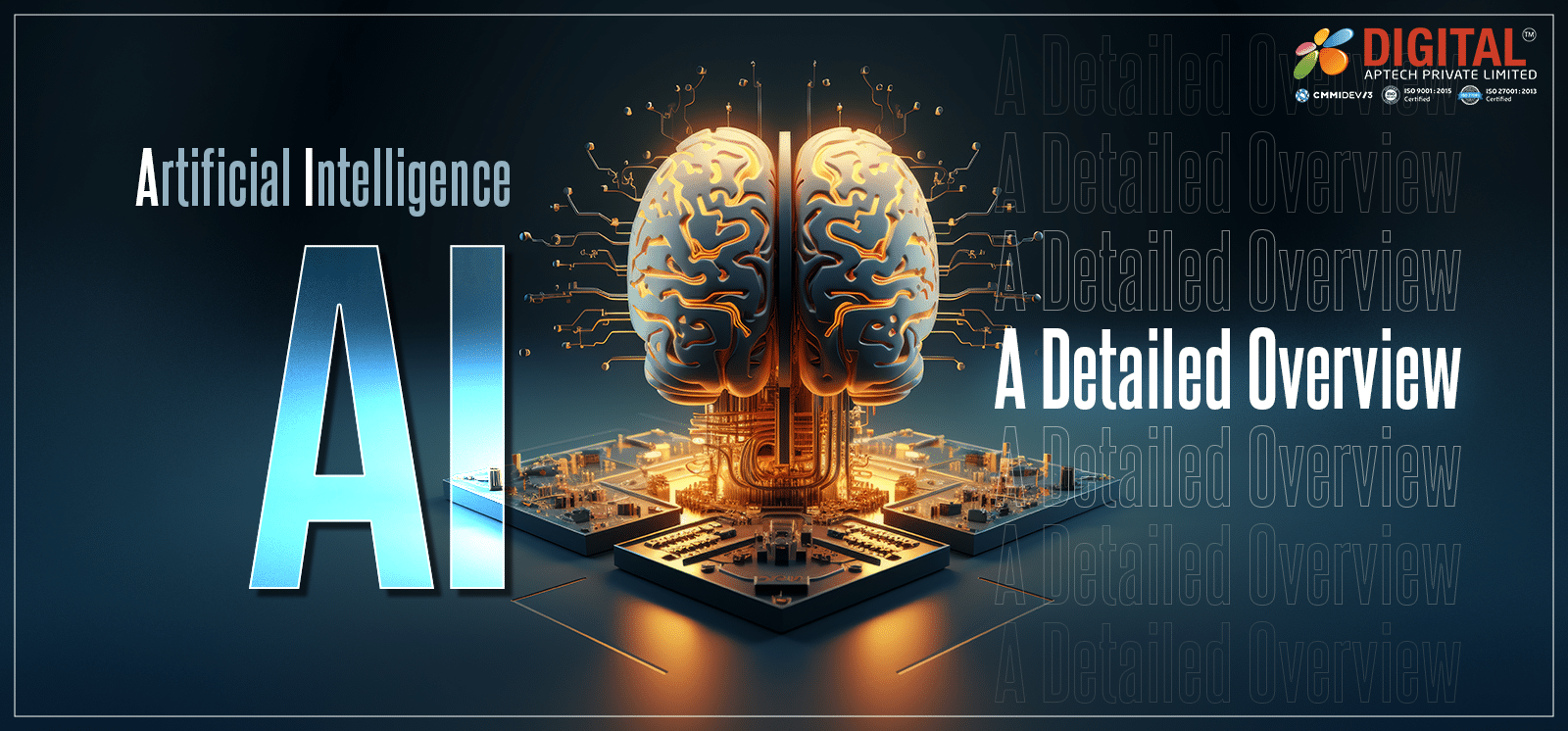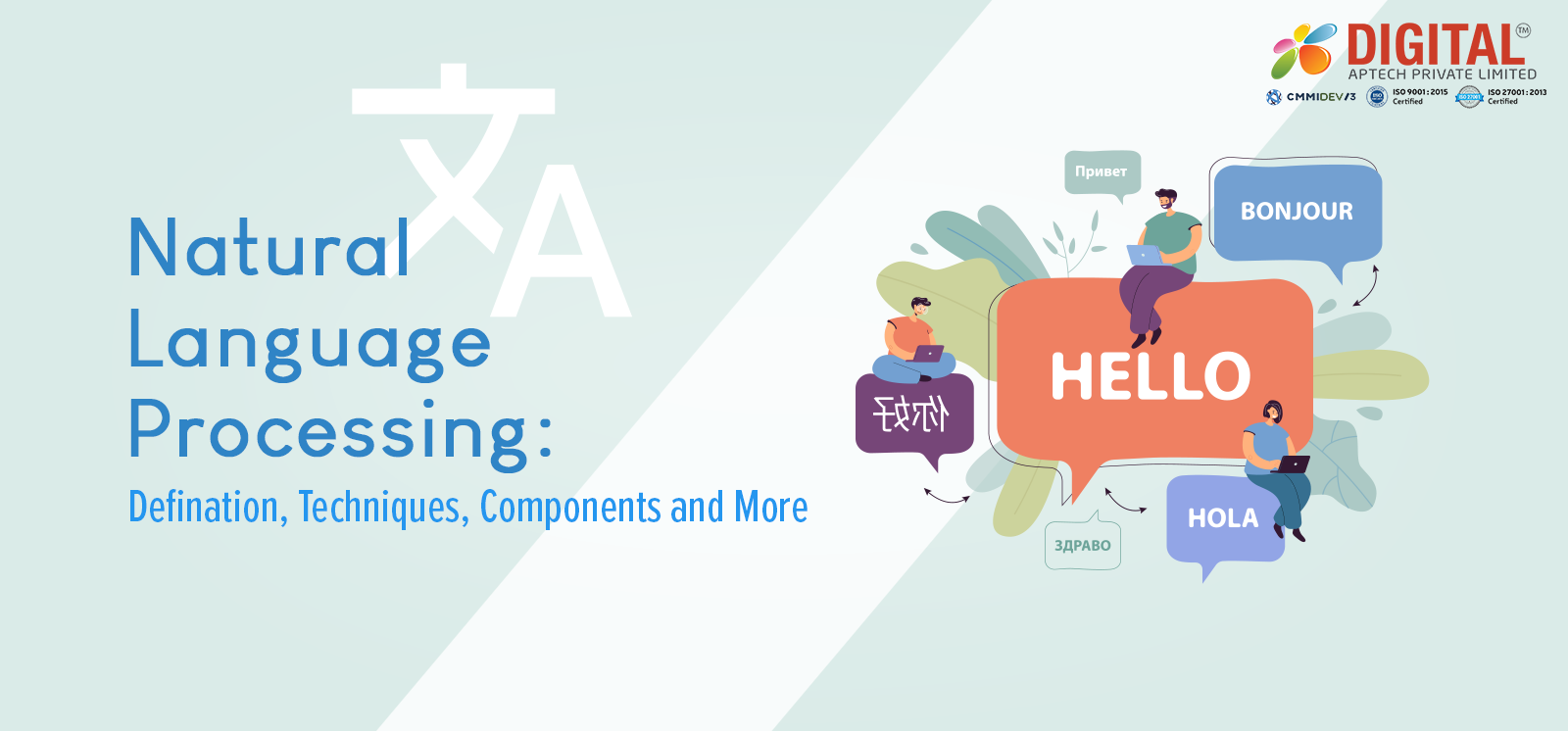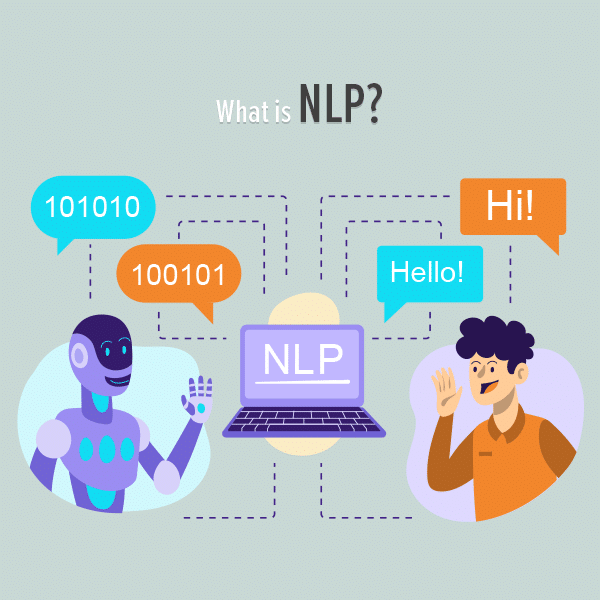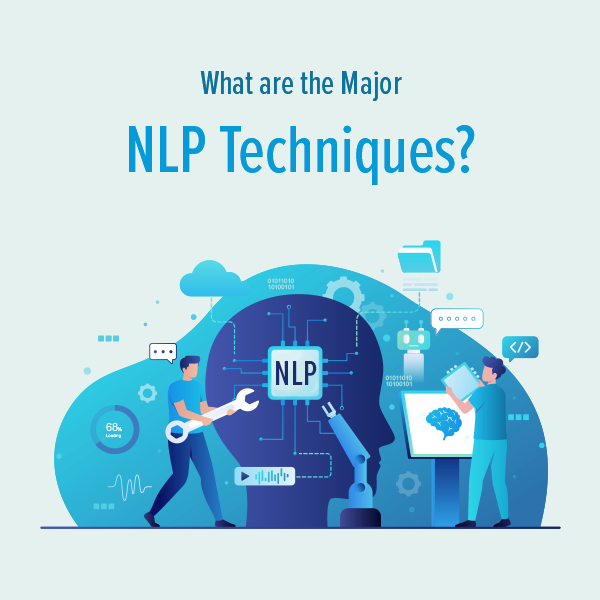












Data is the new currency in this fast-paced world of rapid digitisation. What we speak and how we speak also holds crucial data which can be used to draw insights by machines. This is where Natural Language Processing comes in.
Computers are constantly trying to decode and retrieve insights from data collected every day. However, our daily conversations comprise various languages, tones, and expressions. Naturally, this data is highly unstructured. NLP helps computers to understand our language. Let’s find more on NLP below.

Natural Language Processing, popular as NLP, is a subset of Artificial Intelligence. This field helps machines interact with human language and understand human speech as it is spoken. Natural Language Processing combines machine learning, computational techniques, statistics, and deep learning.
NLP lets machines conduct text analysis, speech analysis and understand emotions, expressions and intent. Natural Language Processing is often used in voice assistants, chatbots, language translation software or apps and others.

Natural Language Processing comes with two major components. These are Natural Language Understanding (NLU) and Natural Language Generation (NLG). NLU signifies mapping a provided input in human language to proper representation. NLG involves presenting useful and relevant phrases and sentences from the representation.
Natural Language Understanding is used in speech recognition, sentiment analysis, spam filtering, and text summarisation. Natural Language Generation finds its application in voice assistants and image captioning.
NLP is helping data science and data analytics evolve. It supports data science and analytics efforts to provide smart solutions for businesses as well as individuals. Multiple data science applications are incorporating NLP widely—this results in superior efficacy, improved data handling and reduced errors.
Let’s check how NLP is impacting data analytics and data science and improving their efficiency.
Helping to manage big data: NLP can assist data analysts in analysis through vast amounts of data. Millions of scholarly research papers could be easily analysed with NLP.
Providing smart solutions: With an understanding of human language and speech, computers can provide smart solutions. These data-driven solutions can help in data analytics efforts for faster and smarter decision-making.
Developing a data-driven culture: NLP can empower anyone other than data experts to retrieve crucial insights and information from datasets. This is termed data democratisation.
Natural Language Processing consists of ten techniques. These are: stemming and lemmatisation, tokenisation, keyword extraction, stop words removal, word embeddings, sentiment analysis, topic modelling, Term Frequency-Inverse Document Frequency, name entity recognition and text summarisation.
Stemming and lemmatisation: Stemming reduces a word back to its base or root form. Lemmatisation is transforming a word to a lemma, the original dictionary form of a word.
Tokenisation: It refers to breaking a text into segments or tokens.
Keyword extraction: This involves picking up words or expressions that are repeated and of value in a text.
Stop word removal: It refers to removing those words that are repeated but do not add much.
Word embeddings: Word embedding is the process of representing words in the form of numbers.
Sentiment analysis: Sentiment analysis involves identifying the emotional tone a human tries to convey through text or speech.
Topic modelling: Topic modelling is extracting a crucial topic from a text or a document.
Term Frequency-Inverse Document Frequency: Term frequency refers to the number of times a word is present in a document or text. Inverse Document Frequency refers to assigning a particular weight to strings in a document.
Named entity recognition: This refers to recognising and categorising entities in a document. Entities are a word or a group of word that refers to a single thing consistently.
Text summarisation: Text summarisation reduces the overall size of the text and provides a concise gist.
Natural Language Processing is yet to witness further advancements. Big tech houses are already dedicatedly working on it. Interestingly, we use NLP daily through translation apps, voice commands, virtual assistants, etc. NLP will be implemented in data science and analytics with time for more improved use of data.
data science Natural Language Processing Tokenisation Stemming and lemmatisation Keyword extraction Stop word removal Word embeddings Sentiment analysis Topic modelling Term Frequency-Inverse Document Frequency Named entity recognition Text summarisation What is NLP What Are the Major Components of NLP How is NLP Changing Data Science and Data Analytics What Are the Major NLP Techniques data analytics Natural Language Understanding Natural Language Generation
